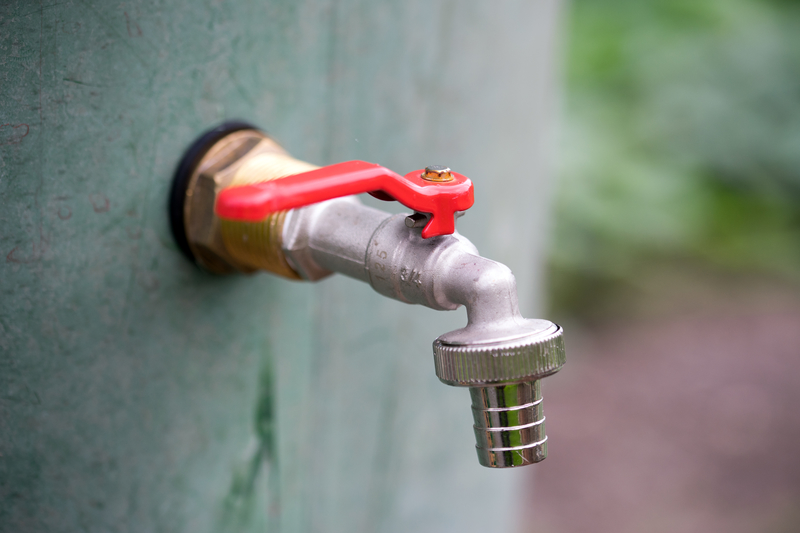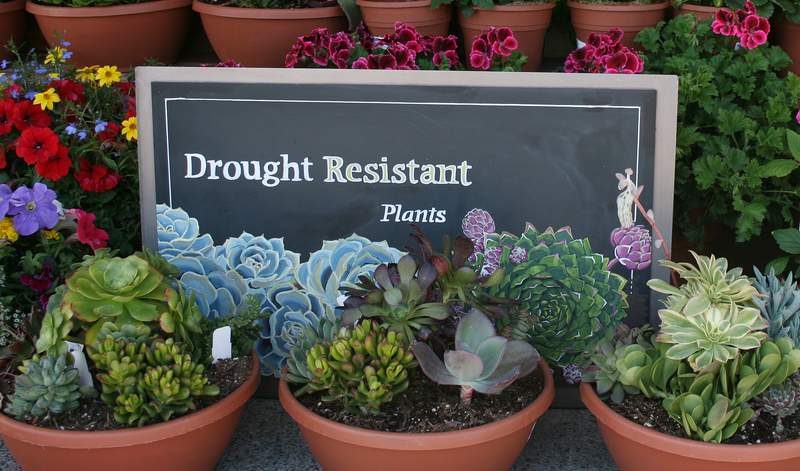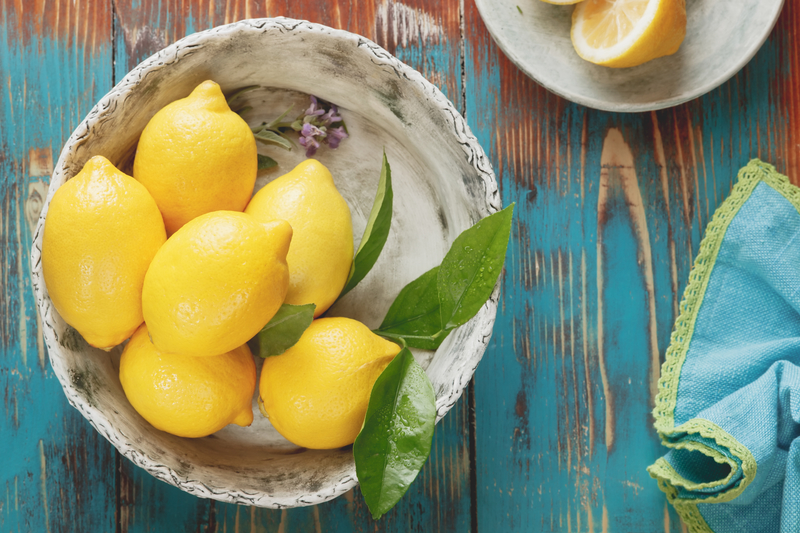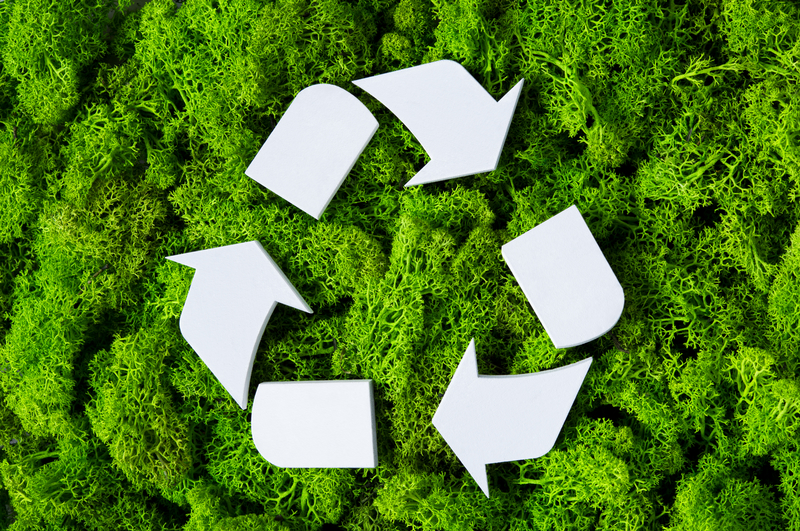8 Amazing Uses for Tea Tree Oil
Contrary to its name, tea tree oil is not remotely related to the tea plant. It is actually native to and only grown in Australia. Which is probably why its benefits have gone largely unspoken of until recently. It is important to note that tea tree oil is very toxic if swallowed. However, it … Read more








